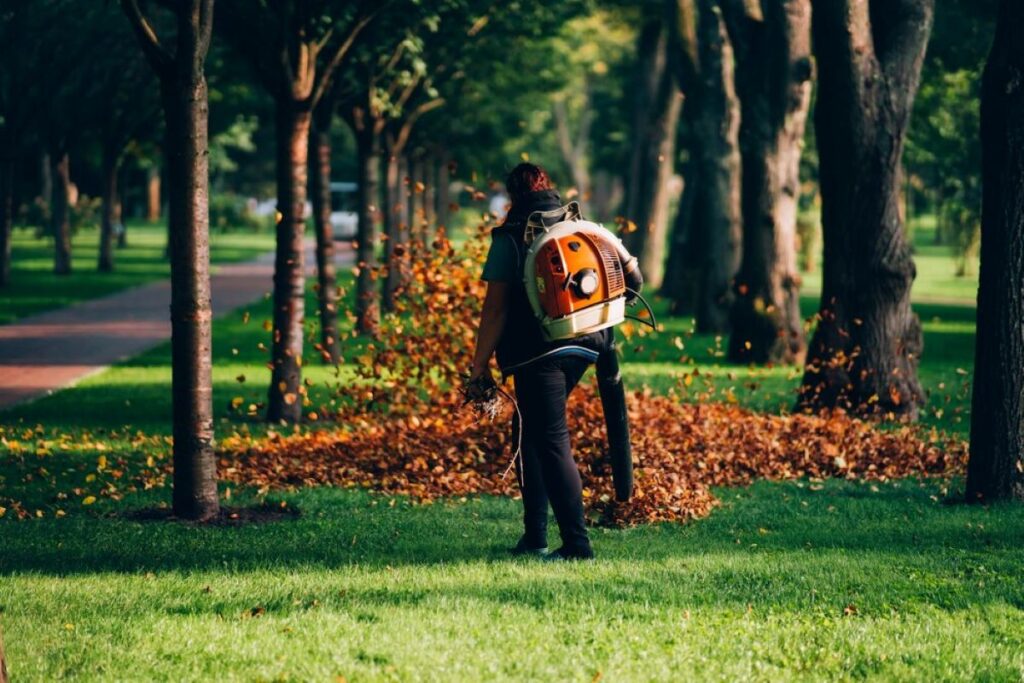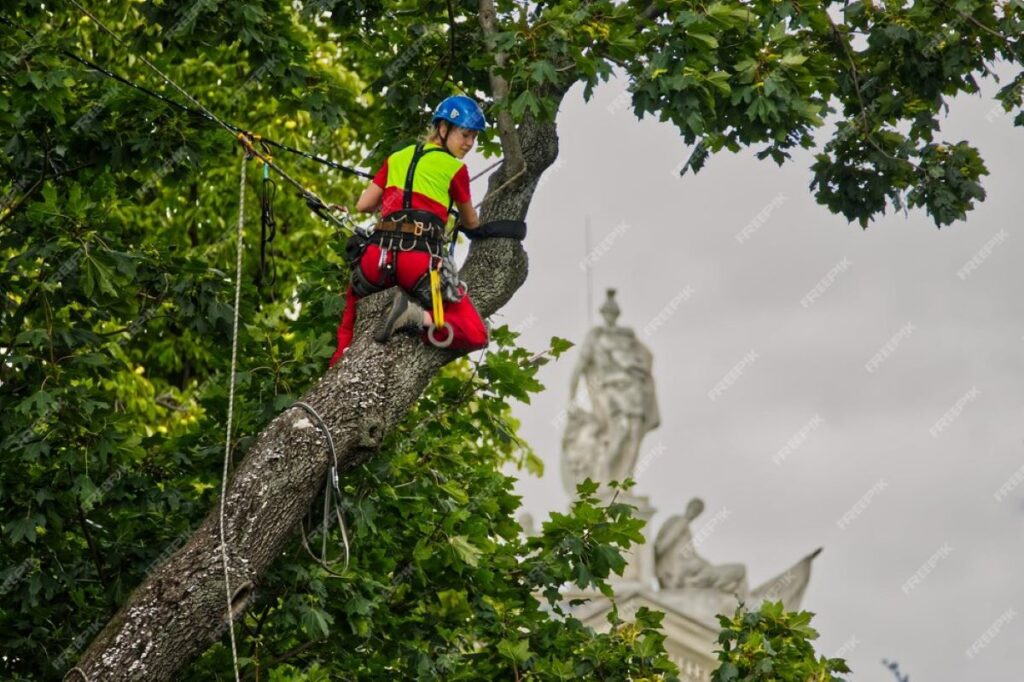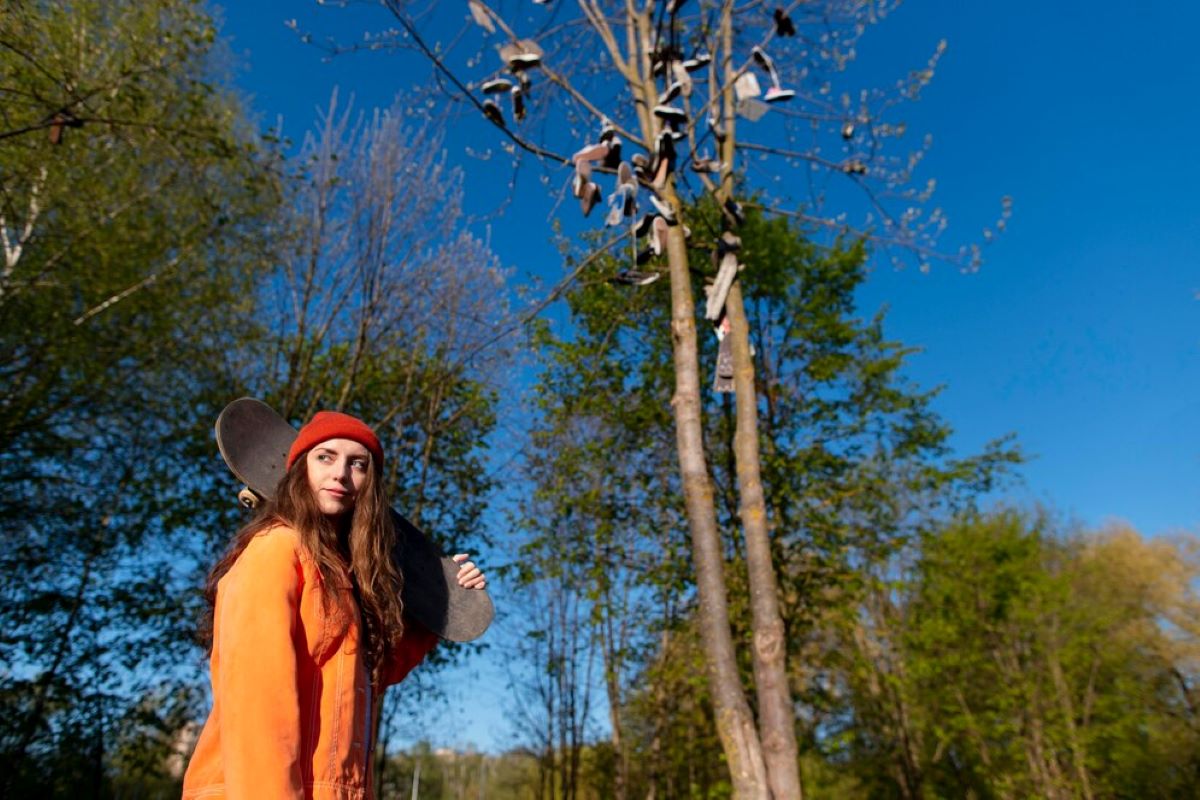What Role Does an Arborist Play in Preventing Root System Damage to Driveways in Chatswood?
An Arborist Chatswood specialist is your first line of defence against underground root damage. They conduct thorough assessments of tree root systems near driveways and implement strategic management solutions. These certified professionals can identify potentially problematic trees before visible damage appears.
Understanding Root Systems
Root systems naturally seek moisture and nutrients, often spreading far beyond the tree’s canopy. When roots encounter hard surfaces like driveways, they don’t simply stop growing. Instead, they exert tremendous pressure as they expand, causing concrete or asphalt to crack, lift, and buckle. Some tree species develop aggressive lateral roots that can infiltrate drainage systems and undermine structural stability.
The Importance of Proactive Intervention
Preventing root system damage requires proactive intervention rather than reactive repairs. Property owners in Chatswood face significant costs when driveways need replacement due to root intrusion.
The role of an Arborist Chatswood goes beyond just taking care of trees. It includes:
- Underground root mapping and assessment
- Identifying tree species and evaluating risks
- Creating customised management plans for existing trees
- Making strategic planting recommendations for new landscaping
By consulting with an arborist early on, you can avoid expensive remediation work while also preserving valuable trees whenever possible.
Which Tree Species Are Common Offenders When It Comes to Causing Root Damage in Chatswood?
Willow (Salix) and Liquidambar rank among the most notorious invasive tree roots Chatswood property owners encounter. These common damaging trees develop aggressive root systems that actively seek moisture and nutrients, spreading far beyond their canopy width.
Willow Trees
Willow trees produce shallow, fast-growing roots that extend up to three times the tree’s height in all directions. Their root systems create dense networks just below the surface, making them particularly destructive to driveways and paved areas. The roots respond aggressively to any moisture source, including underground pipes and drainage systems.
Liquidambar Trees
Liquidambar trees develop extensive surface roots that lift and crack concrete surfaces as they expand. Their root systems grow both horizontally and vertically, creating pressure points beneath driveways that lead to structural failure over time.
Other Problematic Tree Species in Chatswood
Other problematic species in Chatswood include:
- Camphor Laurel – produces thick, woody roots that buckle pavement
- Paperbark (Melaleuca quinquenervia) – develops invasive surface roots that spread rapidly
- White Poplar (Populus Alba) – generates suckering roots that emerge through cracks in driveways
- Lomandra Longifolia – though a shrub, its fibrous root system can infiltrate drainage lines
These species share common characteristics: rapid growth rates, shallow root systems, and an aggressive search pattern for water. Their roots exert tremendous pressure as they mature, making early identification essential for driveway protection.

How Do Root Systems Cause Damage to Driveways?
Root systems can cause damage to driveways through various processes that compromise their structure. As tree roots grow, they exert significant upward pressure, which is enough to lift concrete slabs and asphalt surfaces by several centimetres.
There are three main ways in which this damage occurs:
- Direct displacement – Expanding roots push upward beneath driveway surfaces, causing visible heaving and uneven sections that create trip hazards.
- Cracking and fracturing – Roots take advantage of existing hairline cracks in concrete or asphalt, gradually widening these fissures as they expand.
- Subsurface erosion – Root systems absorb moisture from the soil beneath driveways, leading to uneven settling of the ground and creating voids that can cause surface collapse.
Additionally, roots naturally seek out water sources and nutrients, which often leads them to infiltrate drainage lines located beneath or alongside driveways. This infiltration can block proper water flow, resulting in pooling that further weakens the foundations of the driveway. The combination of physical pressure from the roots and moisture-related instability in the soil creates cumulative damage that worsens over time if not addressed.
Moreover, surface roots can also pose a problem. These roots not only disrupt the aesthetics of a driveway but can also create unsafe conditions by making surfaces uneven or unstable.
Why Is Early Assessment of Tree Roots Near Driveways Crucial for Homeowners in Chatswood?
Early root assessment allows homeowners to address potential problems before costly repairs become necessary. Identifying invasive root systems during their initial growth stages prevents the extensive structural damage that develops over years of unchecked expansion.
Professional evaluation by an Arborist Chatswood reveals hidden threats beneath seemingly intact surfaces. Root systems often extend two to three times beyond a tree’s canopy, creating risks that aren’t immediately visible from above ground. Detection at this stage enables property owners to implement targeted management strategies rather than facing emergency interventions.
The financial advantages of proactive assessment are substantial. Repairing minor root intrusions costs significantly less than reconstructing entire driveway sections after severe displacement occurs. Early intervention also preserves valuable trees through strategic pruning or root barrier installation, maintaining both property aesthetics and structural integrity without requiring complete tree removal. Visit https://www.melbourne.vic.gov.au/tree-management to get more about tree management.
What Preventative Measures Can Arborists Recommend to Protect Driveways from Root Damage?
Arborists employ various root management techniques to safeguard driveways from invasive root systems. The most effective solution for dealing with tree species known for aggressive root growth—especially when the tree is within three metres of paved surfaces—is strategic tree removal.
Alternatives to Tree Removal
For trees that are valuable and need to be preserved, there is a less invasive option called root pruning. This technique involves qualified arborists using specialised equipment to cut problematic roots while ensuring the tree’s structural integrity and health remain intact. It requires a deep understanding of root architecture to avoid causing instability in the tree.
Effective preventative strategies include:
- Installing root barriers between trees and driveways to redirect growth away from vulnerable areas. This method can significantly reduce the risk of root damage to driveways, as detailed in this blog on installing root barriers.
- Implementing regular root inspections using ground-penetrating radar or excavation techniques
- Applying proper pruning methods to manage canopy size, which correlates with root spread
- Selecting appropriate tree species during initial planting, positioning large-growing varieties at safe distances
- Creating specialised planting zones with engineered soil cells that guide root development, a strategy explored further in this article about designing urban spaces for trees
Protecting Soil During Construction
Ground protection systems are invaluable during construction or landscaping activities near established trees. These measures prevent soil compaction that forces roots upward toward driveway surfaces. Arborists may also recommend gradual root reduction programmes for mature trees, spreading the work across multiple seasons to minimise stress on the specimen while progressively reducing the threat to nearby infrastructure.
See Also : What Insurance Should a Tree Services Company in Carlingford Have
When Should Homeowners Consult a Qualified Arborist in Chatswood for Help with Root System Management?
Homeowners should seek a consulting arborist Chatswood immediately when visible cracks appear in their driveway or when pavement begins to lift unevenly. These signs indicate active root damage requiring professional assessment.
Trees planted within three metres of driveways warrant expert evaluation, particularly if they belong to species known for aggressive root systems. The proximity alone creates sufficient risk to justify professional inspection before damage manifests.
Additional situations demanding arborist consultation include:
- Drainage issues near trees, suggesting root infiltration into pipes
- Unexplained water pooling on or around driveways
- Mature trees showing signs of instability or leaning towards paved areas
- Recent property purchases where existing trees haven’t been assessed
- Planned driveway renovations requiring root system mapping
A consulting arborist Chatswood can conduct underground root assessments using specialized equipment to detect problems invisible to property owners. Early intervention prevents costly repairs and allows for strategic management solutions tailored to specific tree species and site conditions.

How Can Homeowners Take Action Today to Safeguard Their Driveways Against Root System Damage?
Homeowners can protect their driveways by scheduling a professional assessment with a qualified arborist in Chatswood. An arborist will evaluate existing trees, identify species with invasive root systems, and provide tailored driveway protection tips specific to your property’s layout and tree placement.
Taking action now prevents costly repairs later. Contact local arborists who specialise in Arborist Chatswood how to prevent root systems from damaging driveways to receive:
- Comprehensive root system assessments
- Customised management plans for problematic trees
- Expert advice on tree placement for future landscaping
- Professional removal or pruning services when necessary
Book a consultation today to implement preventative strategies that preserve both your trees and driveway integrity.

